
Last spring, BuzzFeed released a pair of videos, one dealing with what people around the world eat when they get up in the morning, and the other about what they eat after they get liquored up in a bar. Those are both interesting concepts, since breakfast is the most important meal of the day, and the post-drinking, pre-hangover snack is the happiest, but we couldn’t help but scratch our heads at their selections for Japan, neither of which were things we remembered eating in our time living in the country.
Now, BuzzFeed has moved on from the foods Japan puts in its mouth to the words coming out of it, with a new video titled 11 Anime Expressions To Show How You Really Feel. Let’s see how they handled the switch from gastronomy to linguistics.
Right off the bat, let’s clear up that the main objective of the video is to get a laugh, and in that regard, it works. It’s quick-paced and has a couple of clever twists, and provides a reasonable amount of chuckles for the minute and a half it takes to watch.
With that out of the way, it’s time to put on our humorless linguist hat.
▼ Which is, ironically, shaped like Pikachu
Let’s take a look at Buzzfeed’s 11 picks, along with their provided translations.
1. kanashii/sadness
Actually, kanashii is an adjective, so really it should translate as “sad.” Like most Japanese adjectives that end in -i, you can change it to a noun by swapping the last letter for -sa, so if you really wanted to say “sadness,” it’d be kanashisa.
Nice anime-style giant tears, though!
2. neru/sleepy
Um, actually, “sleepy” would be nemui, which just like kanashii is an adjective that ends in -i. Generally, Japanese words that end in -u are verbs, and neru actually means “sleep.”
The video does a little better with the imagery, as a bubble similar to this one usually does designate a sleeping character in manga. It’s usually seen coming from the nose, though, since it’s supposed to be a snot bubble. Seriously, if you have this much mucus coming from your mouth, see a doctor. Odds are the fatigue you feel isn’t from being nemui, but from being near death because of a serious disease/infection of the mouth.
3. shunki/sexual desire
Nice, this time the Japanese term and the provided English equivalent are both the same class of word, as shunki is indeed a noun, and it does mean sexual desire. However, there’s another Japanese word with the same meaning, seiyoku, which is a little more readily understood than the rather stiff shunki.
4. hazukashii/embarrassed
No problems here, plus the continued use of standard anime visual cues with the sweat drop denoting embarrassment or awkwardness.
5. itamu/dejected
BuzzFeed is on pretty solid linguistic ground here, too. Sure, itamu is technically a verb, but it can be used to show someone is feeling a strong disappointment. Still, it’s a pretty stiff choice of vocabulary, and saying it would be akin to announcing, “I lament this!”
The tears are perfect, though, as these less kinetic river-like flows are the anime artist’s choice to show someone trying but failing to maintain a stiff upper lip.
6. shikatanai/annoyed
Like shunki, this is another puzzling translation choice, since actually, the phrase shikatanai is much more likely to cause annoyance than show it. It literally means, “There’s no way to do it,” or put more naturally, “It can’t be helped.” Given Japanese society’s leanings towards fatalism and conflict avoidance, you’ll often hear this in situations where it really could be helped, but no one is willing to take a stand and make a change.
Need to show someone you’re annoyed in Japanese? How about ira ira suru, which shares a syllable with its English equivalent, “to feel irritated.”
7. doki doki/nervous
Technically, BuzzFeed is in the clear here, and also gets bonus points for the return of the sweat drop. If you’ll forgive us for spoiling the joke, though, doki doki is a bit of an odd choice for your girlfriend telling you she might be pregnant.
Doki doki refers to the quickened beating of your heart, whether out of excitement or tension. It’s got a definitely feminine ring to it, though. Teenage girls’ hearts go doki doki when they pass by their dreamy upperclassman in the halls on the way to math class, for example. Being told “I’m pregnant” isn’t the time for a grown man to feel doki doki…
8. shokku/shocked
Nice work, since in Japanese the -ed in “shocked” always drops off.
9. konran/confused
Linguistically this isn’t so bad, but it’s a bit formal for the sort of shockingly zany scenario depicted in the video. Something like wake ga wakaranai shows the same lack of understanding, but with a bit more punch, akin to, “What the heck is that supposed to mean?” Konran, meanwhile, is more often used in formal or business situations when discussing confusion, since it’s a bit stiffer.
10. ureshii/happy
No problems here, but since anime-morphing man is a guy, he might want to go with ureshii na or ureshii n da yo, both of which sound more masculine than the somewhat dainty unadorned ureshii.
11. okoru/angry
Once again, we’ve got a verb (which we can tell from it ending in -u), but in Japanese using okoru (“to be angry”) is indeed the most natural way to talk about the emotion.
However, if you’re upset enough to get an anime-style cross-shaped vein bulging out of your forehead (which BuzzFeed does a great job showing), you might want to use a more impassioned phrase such as mukatsuku or atama ni kita, essentially “I’m pissed” or “I’m mad as hell.”
So, all in all, how did BuzzFeed do? Well, these are Japanese words, but we’re not sure we’d call them “expressions.” It’s more like a list of vocabulary, many of which wouldn’t really be spoken in these situations, and we’re not sure what makes any of them particularly anime-like.
▼ “Memories” isn’t a Marvel Comics expression. It’s just English.
Still, we’re always happy to see people taking an interest in Japanese, and adding a dash of fun and humor can help create the sort of lasting impression that makes it easier to remember a new word. The video’s explanations may miss as often as they hit, but it’s always nice to see someone trying to provide a little context for a language lesson.
So for making that effort, otsukaresama, BuzzFeed.
Source: Livedoor, YouTube
Top image: YouTube
Insert images: YouTube, RocketNews24, Brandeis University

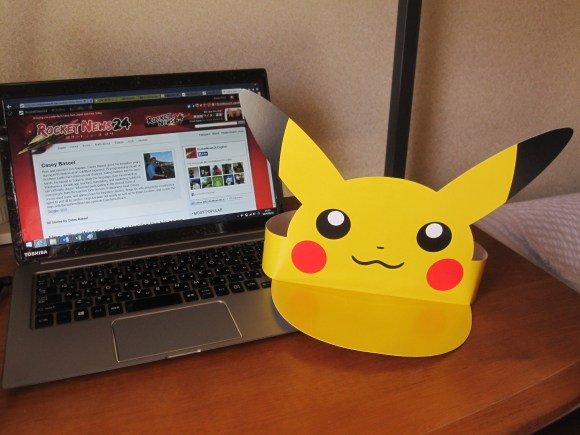
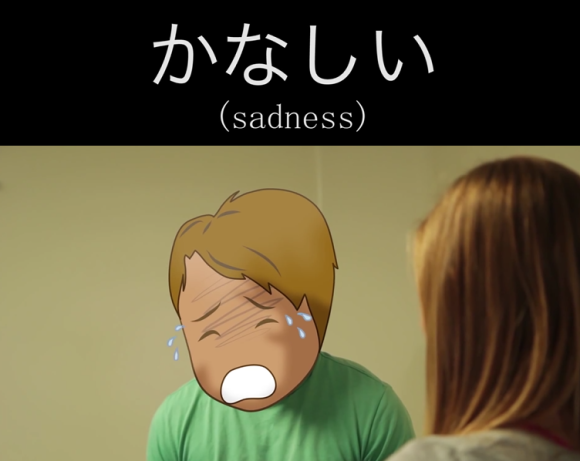


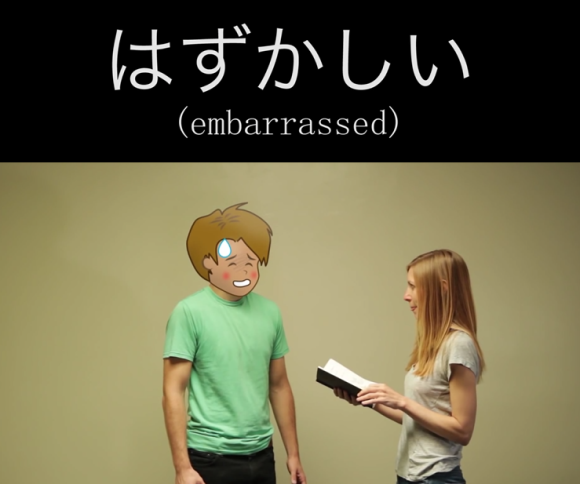
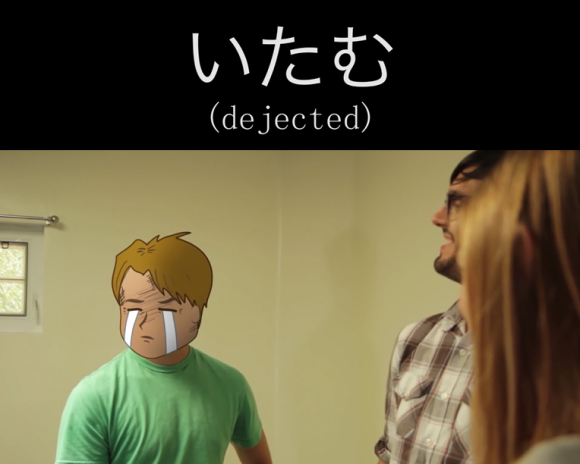
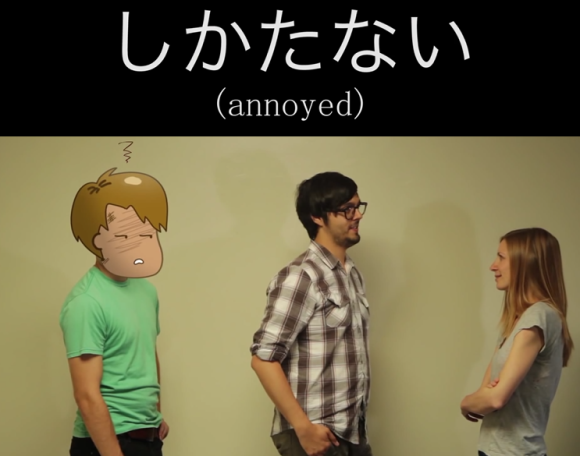
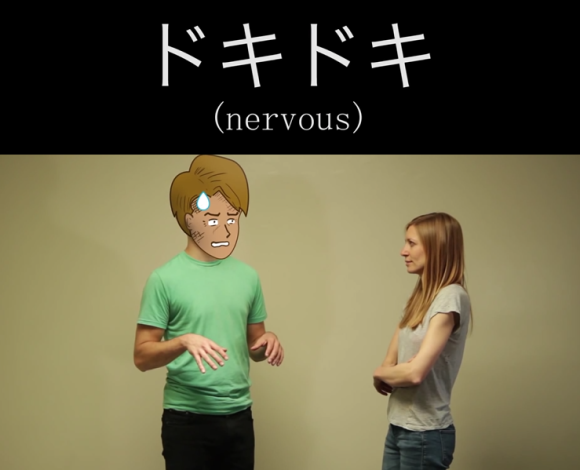
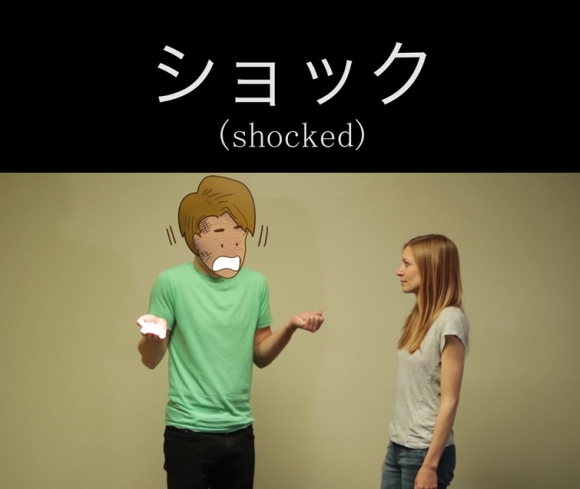
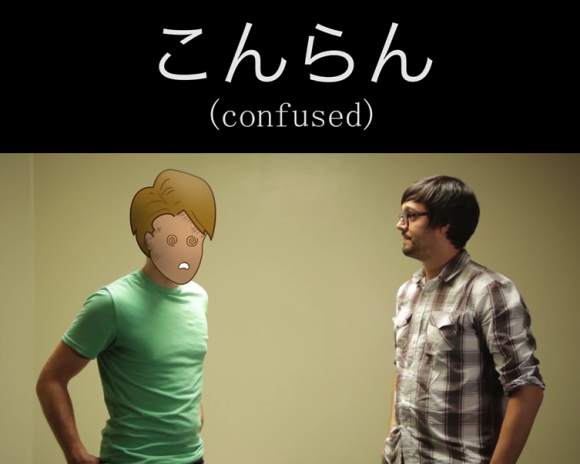



 BuzzFeed’s image of post-beer ramen in Japan is soberingly off base【Video】
BuzzFeed’s image of post-beer ramen in Japan is soberingly off base【Video】 Disillusionment at Tsukiji’s tourist-target prices led us to a great ramen restaurant in Tokyo
Disillusionment at Tsukiji’s tourist-target prices led us to a great ramen restaurant in Tokyo Start saving room now – Japanese grocery store’s biggest sushi roll yet is coming for Setsubun
Start saving room now – Japanese grocery store’s biggest sushi roll yet is coming for Setsubun Is this the most relaxing Starbucks in Japan?
Is this the most relaxing Starbucks in Japan? U.S.A. now the fastest-growing market for Japan’s high-tech toilets, now selling quicker than ever
U.S.A. now the fastest-growing market for Japan’s high-tech toilets, now selling quicker than ever More Than a Capsule Stay: Why Solo Travelers Choose “global cabin Yokohama Chinatown”
More Than a Capsule Stay: Why Solo Travelers Choose “global cabin Yokohama Chinatown” The impossible circular staircase is just that… impossible【Video】
The impossible circular staircase is just that… impossible【Video】 7-Eleven Japan starts new temporary luggage storage service in over 300 branches
7-Eleven Japan starts new temporary luggage storage service in over 300 branches Lawson adds UFO Catcher crane games to convenience stores in Japan
Lawson adds UFO Catcher crane games to convenience stores in Japan 7-Eleven showcases its newest robots for cleaning, stocking, and customer service
7-Eleven showcases its newest robots for cleaning, stocking, and customer service Top Japanese baby names for 2025 feature flowers, colors, and a first-time-ever favorite for girls
Top Japanese baby names for 2025 feature flowers, colors, and a first-time-ever favorite for girls Starbucks teams up with 166-year-old Kyoto doll maker for Year of the Horse decorations【Photos】
Starbucks teams up with 166-year-old Kyoto doll maker for Year of the Horse decorations【Photos】 Tokyo’s Tsukiji sushi neighborhood asks tour groups to stay away for the rest of the month
Tokyo’s Tsukiji sushi neighborhood asks tour groups to stay away for the rest of the month Street Fighter Hadouken Churros to be launched and eaten in Tokyo, Okami pudding on offer too
Street Fighter Hadouken Churros to be launched and eaten in Tokyo, Okami pudding on offer too Japanese woman mistaken for bear
Japanese woman mistaken for bear Return of Totoro sequel short anime announced for Ghibli Park
Return of Totoro sequel short anime announced for Ghibli Park Starbucks Japan releases new zodiac chilled cup drink for 2026
Starbucks Japan releases new zodiac chilled cup drink for 2026 Starbucks on a Shinkansen bullet train platform: 6 tips for using the automated store in Japan
Starbucks on a Shinkansen bullet train platform: 6 tips for using the automated store in Japan Japan’s human washing machines will go on sale to general public, demos to be held in Tokyo
Japan’s human washing machines will go on sale to general public, demos to be held in Tokyo Japanese train company is letting fans buy its actual ticket gates for their homes
Japanese train company is letting fans buy its actual ticket gates for their homes Is China’s don’t-go-to-Japan warning affecting tourist crowds in Tokyo’s Asakusa neighborhood?
Is China’s don’t-go-to-Japan warning affecting tourist crowds in Tokyo’s Asakusa neighborhood? Starbucks Japan unveils new Christmas goods and a rhinestone tumbler that costs 19,500 yen
Starbucks Japan unveils new Christmas goods and a rhinestone tumbler that costs 19,500 yen Tokyo considering law requiring more trash cans following litter increase in heavily touristed area
Tokyo considering law requiring more trash cans following litter increase in heavily touristed area Nintendo’s Kirby now delivering orders at Kura Sushi restaurants, but not in Japan
Nintendo’s Kirby now delivering orders at Kura Sushi restaurants, but not in Japan Tokyo event lets you travel back in time, for free, to celebrate 100 years since Showa era start
Tokyo event lets you travel back in time, for free, to celebrate 100 years since Showa era start Survey asks foreign tourists what bothered them in Japan, more than half gave same answer
Survey asks foreign tourists what bothered them in Japan, more than half gave same answer Japan’s deadliest food claims more victims, but why do people keep eating it for New Year’s?
Japan’s deadliest food claims more victims, but why do people keep eating it for New Year’s? We deeply regret going into this tunnel on our walk in the mountains of Japan
We deeply regret going into this tunnel on our walk in the mountains of Japan Studio Ghibli releases Kodama forest spirits from Princess Mononoke to light up your home
Studio Ghibli releases Kodama forest spirits from Princess Mononoke to light up your home Major Japanese hotel chain says reservations via overseas booking sites may not be valid
Major Japanese hotel chain says reservations via overseas booking sites may not be valid Put sesame oil in your coffee? Japanese maker says it’s the best way to start your day【Taste test】
Put sesame oil in your coffee? Japanese maker says it’s the best way to start your day【Taste test】 The top 10 annoying foreign tourist behaviors on trains, as chosen by Japanese people【Survey】
The top 10 annoying foreign tourist behaviors on trains, as chosen by Japanese people【Survey】 No more using real katana for tourism activities, Japan’s National Police Agency says
No more using real katana for tourism activities, Japan’s National Police Agency says Starbucks Japan reveals new sakura drinkware collection, inspired by evening cherry blossoms
Starbucks Japan reveals new sakura drinkware collection, inspired by evening cherry blossoms
Leave a Reply